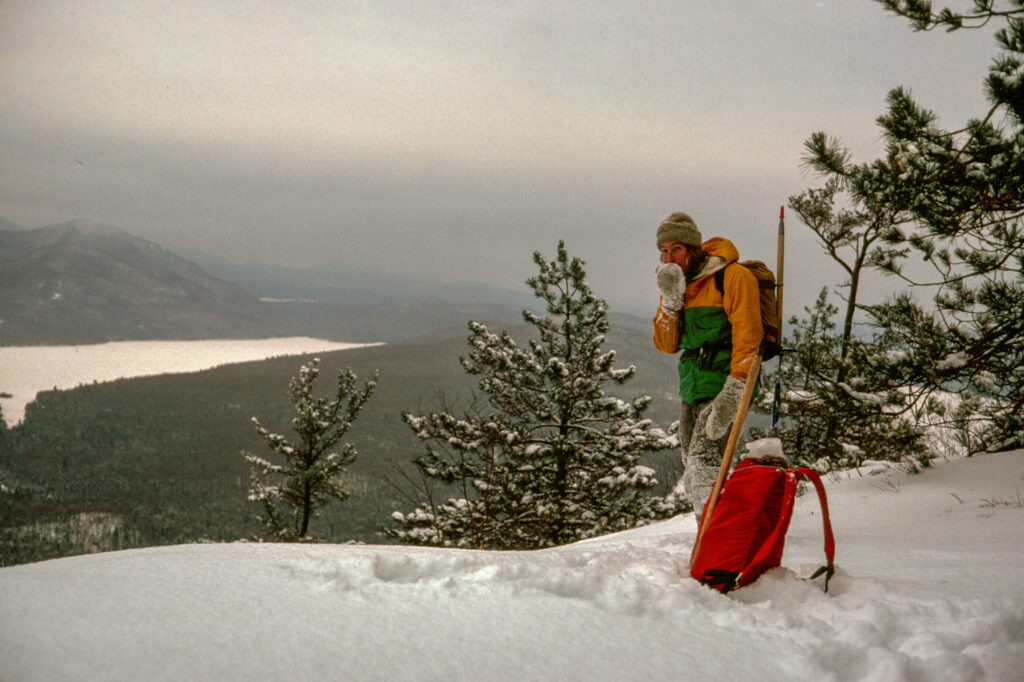Turn on the news. Peruse a national newspaper. Listen to a podcast. They broadcast a singular message: the world is on fire. Ecosystem collapse. Record droughts. Mass extinction. If it isn’t in your backyard yet or permeating your daily conversations, well the times they are a-changin’.
A plethora of evidence backs the claim that the earth and its biodiversity are at a tipping point. Yet, many feel helpless in enacting any change or stopping the trajectory of the crisis. Human beings are not built to withstand an existential threat at a constant and unrelenting battery. The term “eco-anxiety” has become common and a true mental health issue that is affecting members of society of all ages, especially those who must confront these realities daily through their work.

Conservation professionals, volunteers, and others on the frontlines of fighting the impacts of climate change encounter a unique exposure to this type of exhaustion. Countless individuals, communities, tribes, governments, and organizations—including ours—dedicate their time towards remediating the damage done to Earth’s ecosystems and mitigating impending harm, but the burnout from saddling the steady stream of loss is ever-present.
The first step in tackling a predicament is defining the issue at hand. Two terms encapsulate this type of overwhelm: solastalgia and eco-anxiety. Solastalgia is the existential anguish and pain felt as a direct result of environmental change. Eco-anxiety is the fear or worry surrounding climate change and environmental disasters. Once we delineate our emotions, we can proceed with understanding, self-compassion, and ultimately, practices of relief.
So what are these methods? How do we keep up the good fight and not get bogged down by the endless to-do list or paralyzed by the magnitude of the issue? Why not ask the conservation professionals at the Center whose lives are steeped in this work? Here are some of their thoughtful answers on their ways of recharging and then re-engaging.
1. News cycle breaks
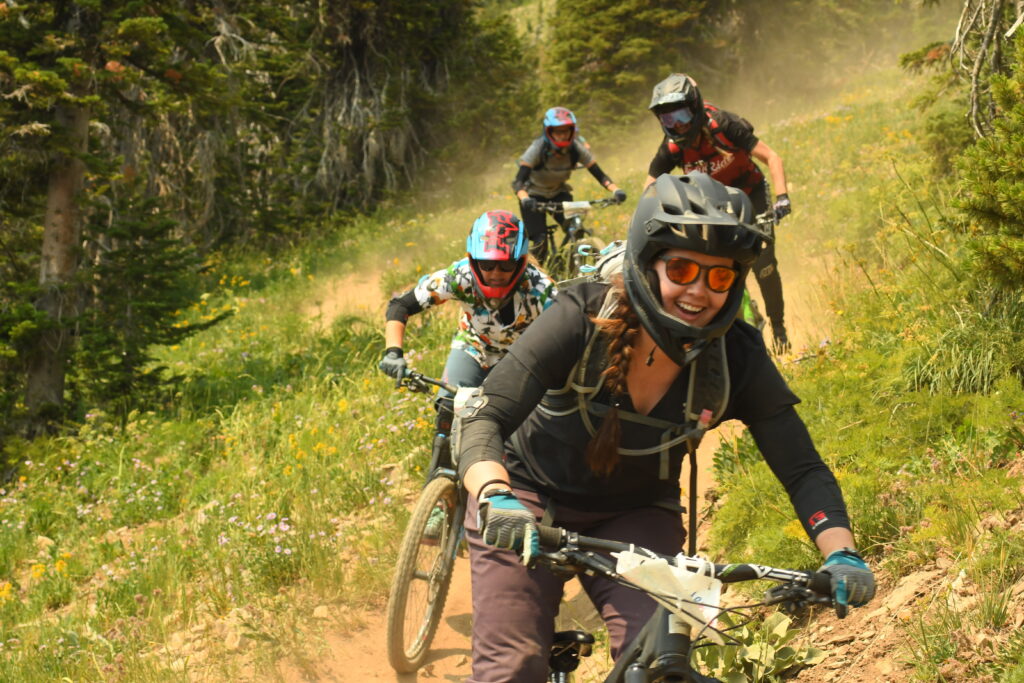
Part of being a contributing member of society is to educate oneself on community matters and international affairs. But taking a reprieve from the steady stream of despair does not make you completely inactive. The river of reported catastrophes will be waiting for you to jump right back in after a couple hours, a few days, or a week if possible! So hit pause, delete an app, and turn off the TV. As International Connectivity Project Specialist Melissa Butynski puts it:
“When the weight of publications and news articles spelling doom and gloom for the future of our natural world becomes too heavy, I try to prioritize time in nature. Cycling through intact ecosystems or floating along wild and scenic rivers reaffirms that while there is work to be done, there is still abundant joy to be found.” ~ Melissa Butynski
Melissa’s prioritization of time outside brings us to our next tool for respite.
2. Recreate
 Nature is the gift that keeps on giving, and when we spend time recreating in outdoor spaces, it is evident. Not only does nature assuage mental health problems—a proven byproduct—it allows us to disconnect from the chatter and buzz of a productivity-focused world. One goes from being on top of the food chain to being at the mercy of nature’s blessings and unpredictability, which is incredibly humbling.
Nature is the gift that keeps on giving, and when we spend time recreating in outdoor spaces, it is evident. Not only does nature assuage mental health problems—a proven byproduct—it allows us to disconnect from the chatter and buzz of a productivity-focused world. One goes from being on top of the food chain to being at the mercy of nature’s blessings and unpredictability, which is incredibly humbling.
However, we want to acknowledge that many have limited access to the outdoors, a growing concern that deserves action and attention for its unjust and compounding inequity. Read an article about the importance of green spaces and corridors in urban areas.
When Conservation Project Director Megan Parker and her son grapple with despair about global geo-political conflict, land conversion issues, and climate change, they address their anxiety in the same way:
“We walk, ride, and paddle our breath and brains to let go. We head to the hills.” ~ Megan Parker
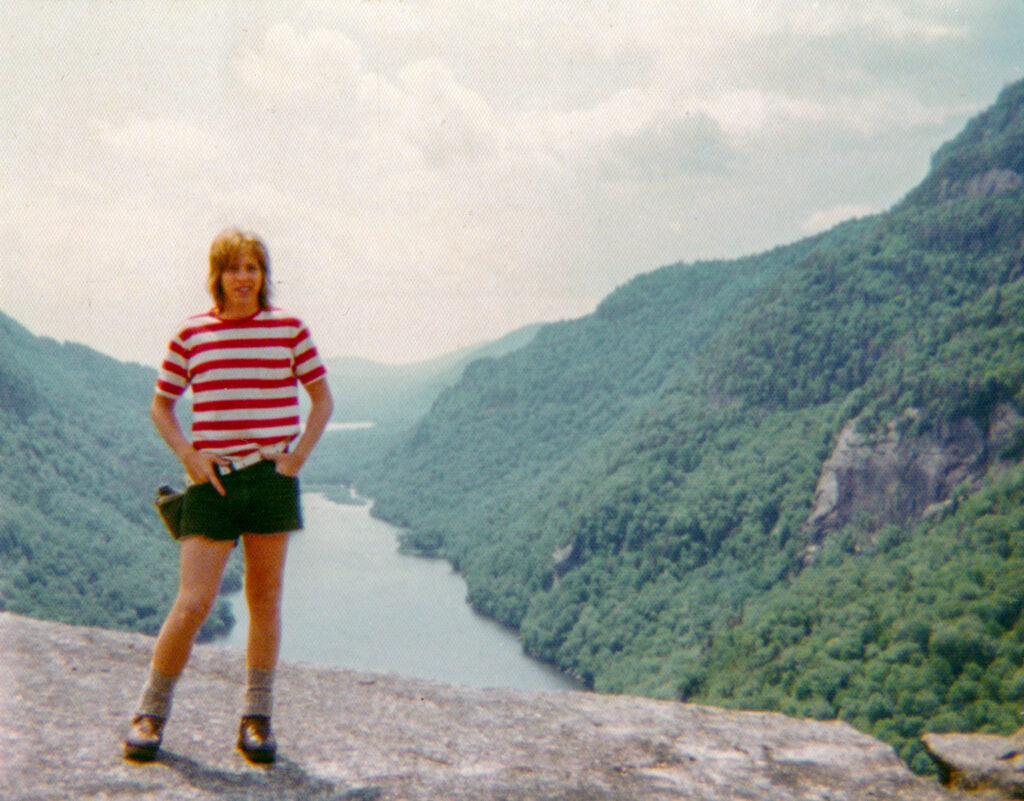
Center CEO Gary Tabor copes in a similar manner and returns to the Adirondack Park in Upstate New York to run in the foothills and explore the mountainous, wild areas.
“The area was designated Forever Wild, and it has been that way for me for over 55 years. Here are the photos of the same spot I’ve gone to since I was 11, Silver Lake Mountain.” ~ Gary Tabor
The photo at the top of this page was taken in this location when Gary was 18 years old.
3. Meditation and mindfulness
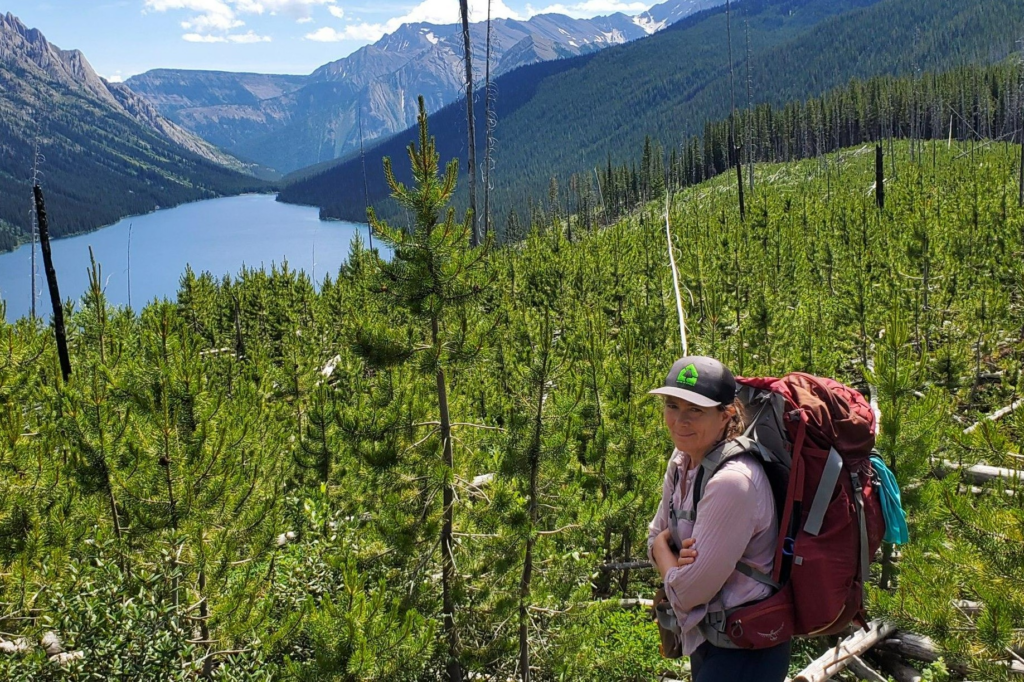
Although an ancient practice, meditation is now a widely used modality. It is incredibly useful in separating what we can control from what we cannot, relieving ourselves from the burden of the latter. There are many types of meditation, such as mindfulness, loving-kindness meditation, Zen meditation, transcendental meditation, and more: a buffet of choices on how to get yourself grounded again. If you are curious about learning more or how to get started, visit your local public library as there are many resources and materials on each kind.
Senior Conservation Director Katie Deuel exercises a brew of these meditative approaches, releasing the things that are out of her mastery.
“I enjoy every day for what it is, not just what it should be or was before climate change. Acknowledge and give gratitude for the plants, the birds, the animals that are here singing and moving and eating and living each day as it comes…I can experience eco-anxiety so easily when I look at miles of asphalt, or sit in a sea of cars, or notice the weeds where wildflowers used to be dominant. I have spent enough time in my life mourning those things and, oddly, also denying them. Now I try to celebrate what is right here right now, all the complex beauty and brilliance and connectedness of people and place…” ~ Katie Deuel
4. Books or other writings
A host of books offer advice and tools for quelling eco-anxiety or finding a more productive landing space for it. All We Can Save by Dr. Ayana Elizabeth Johnson and Dr. Katharine Wilkinson is another great read for those seeking eco-anxiety mitigation tools. The collection of essays and poetry, written by women from all walks of life, validates the sense of overwhelm we all feel, nudges us gently along, and nurtures our seeds of hope. Center staffers read it in our Racial Justice & Climate Equity Book Club.
One Green Thing by Heather White, with a foreword by Erin Brockovich, is a trusted guide for saving your sanity while contributing to remediation. White is a lawyer, author, former Senate staffer, and environmental nonprofit professional, so certainly qualified to guide others on this topic.
Or, you can always transport yourself temporarily to another world and read a fantasy novel.
5. Enact visible and tangible change in your local community
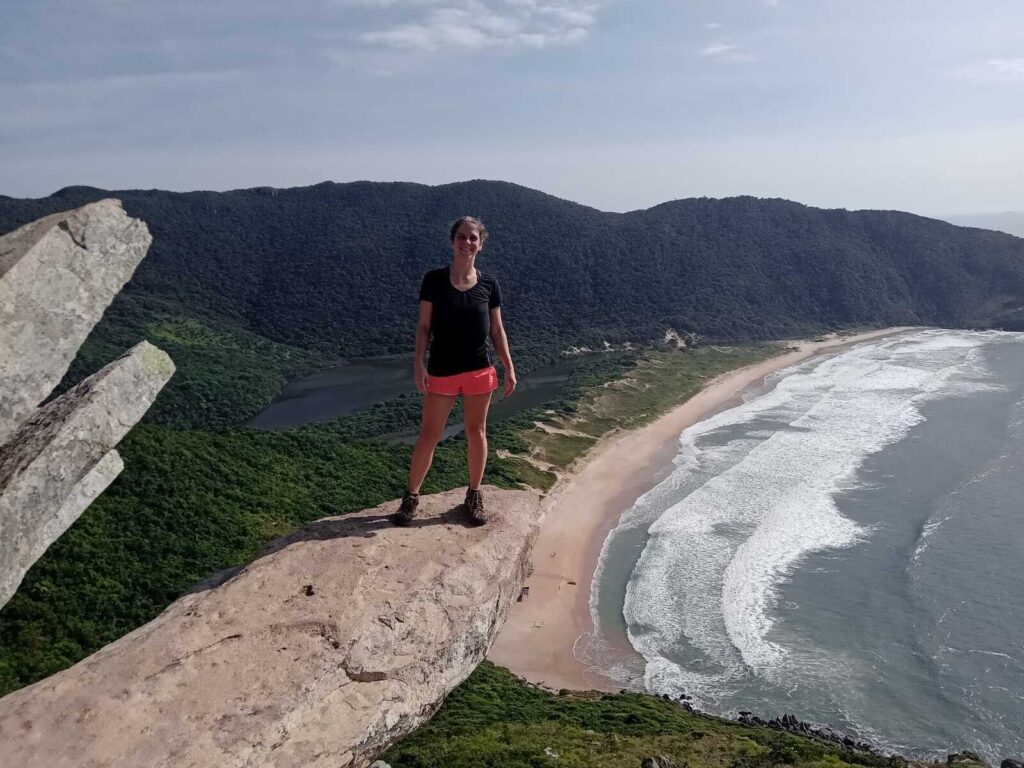
To reiterate, sometimes our empathetic reach can extend only so far, for so long. When this occurs, shift your attention to your local community. Where are opportunities for tangible change? What causes can you rally behind? While we often feel powerlessness at a global scale, our impacts within our neighborhood can ripple far larger and longer. Let your local impact fuel your re-engagement for larger-scale issues. Practice what you preach and set an example for the next town over.
The Center’s Linear Infrastructure Ecology Advisor Fernanda Teixeira exemplifies this very concept. Her home country and current residence Brazil has undergone treacherous and cataclysmic floods. She recounts the experience of hopelessness that eventually spurred action.
“We stayed a couple of days without energy and almost a week without water supply–we still had water from our water tank. Then, after the first week, we decided to take action to avoid feeling so useless, so we reorganized ourselves to be able to provide the security and attention our daughter needed at that moment AND also help other people in our community.” ~ Fernanda Teixeira
The listed methods facilitate reprieve but could not possibly cover all the possible pathways for respite since it is deeply individually based and personal. However, we should embrace others’ ideas as the future challenges are still unknown and more remains to be done and will in perpetuity. From the gleaners to the business executive, every person has a role to play.
We hope this list stokes reflection on your end about your relationship with the climate crisis and means of rest and recovery.
Photo, top: CEO Gary Tabor at age 18 on Silver Lake Mountain, the Adirondack Park, New York.
